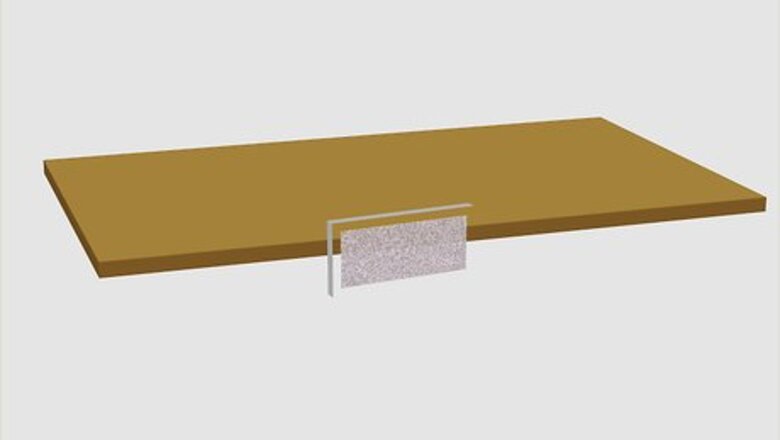
views
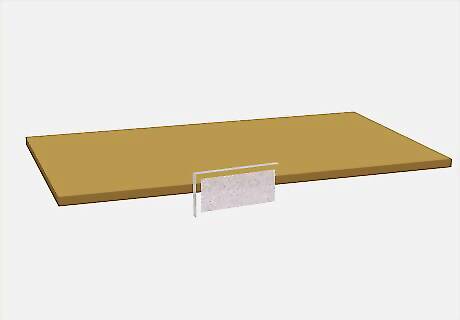
Prepare the MDF for finishing. This is accomplished by sanding the surface to make sure it is perfectly smooth. Use clean cloths to remove any type of residue left on the surface after the product has been sanded or handled as part of the construction of the counter, cabinet or table. The idea is to remove any dust or other residue that would cause a bubbling or crackling appearance to the finish once it is applied.
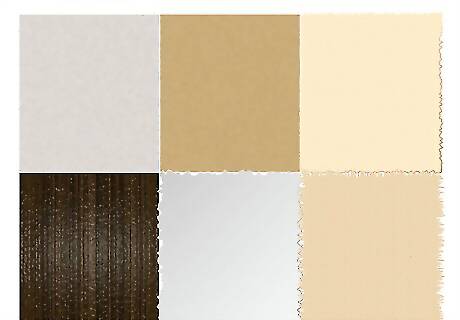
Determine the type of finish desired. Typically, this involves considering what type of finish will allow the piece to blend into the room where it will be positioned. In some instances, painting will make it possible to pick up 1 or more of the colors in the space and incorporate the piece into the room with greater ease. For rooms with a lot of exposed and varnished wood, the application of a wood stain to the MDF may be a better option.
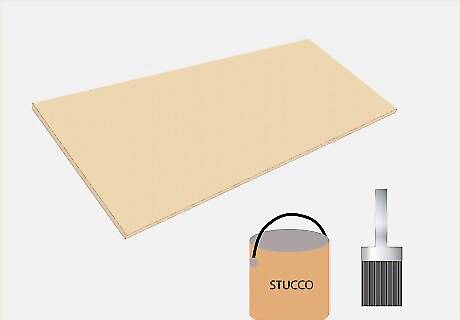
Initiate the finishing process. If painting, apply a coat of primer to the surface of the MDF, as this will help the paint to adhere. Once the primer is dry, begin the painting. For staining, dip a clean cloth into the stain and wipe it over the surface of the MDF, taking care to follow the pattern of the compressed wood product. In both cases, make sure the top coat is even and the appearance is uniform.
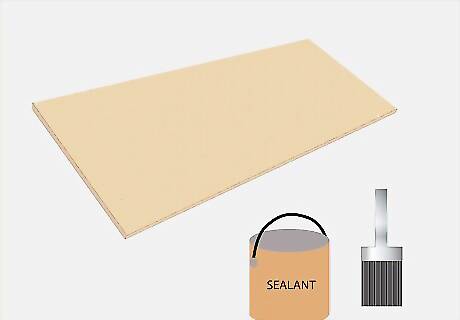
Apply the sealant. Once the stain or paint has dried, use a clear sealant or lacquer to protect the appearance of the finished MDF. Doing so will help inhibit scratching that would damage the look of the piece. Make sure the sealant is applied evenly across the surface and allow it to dry before moving the piece into position.




















Comments
0 comment